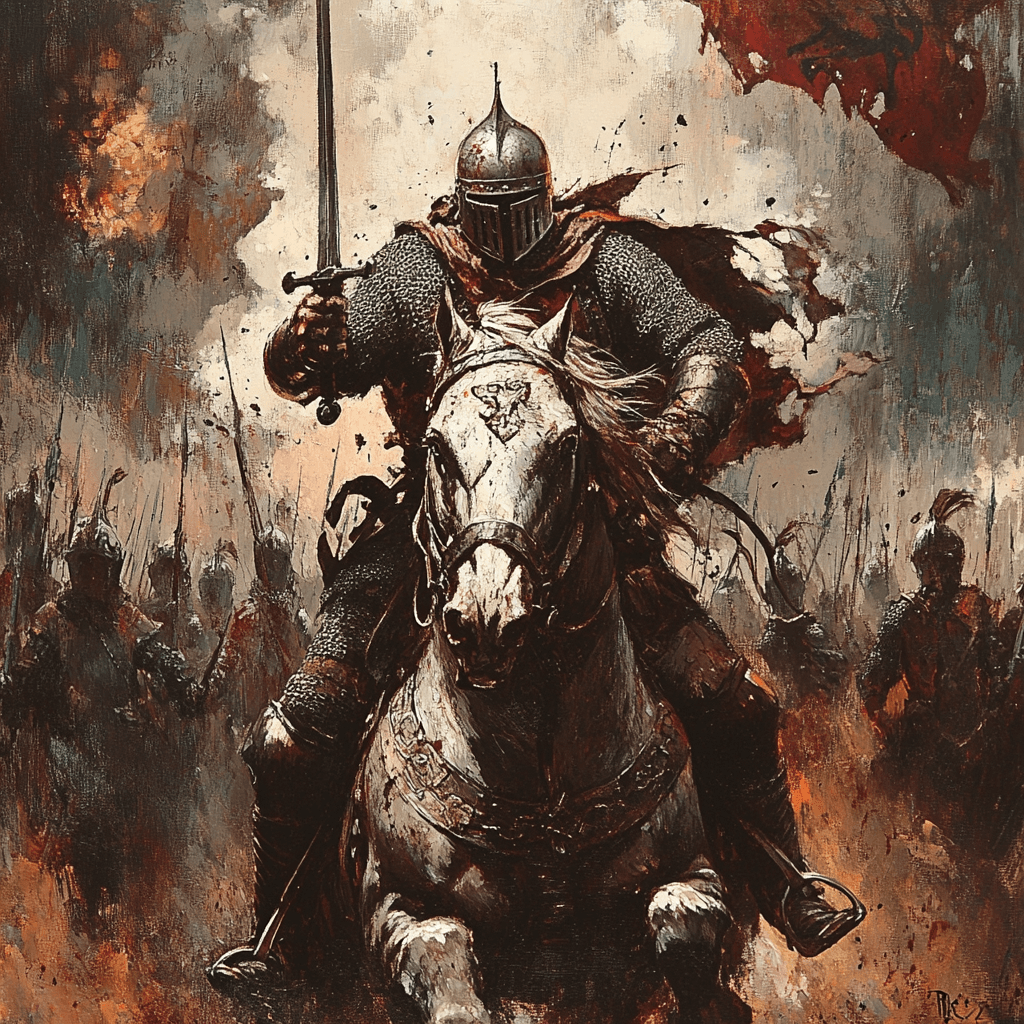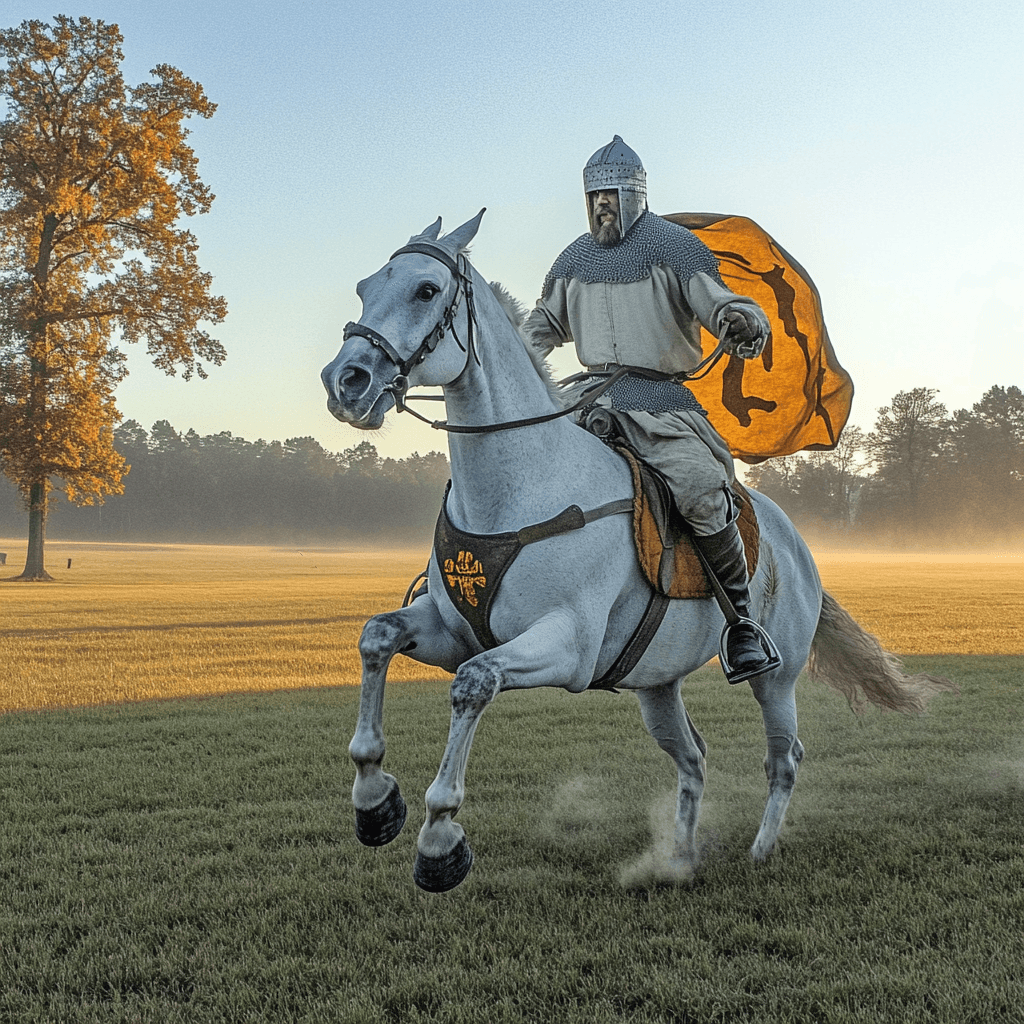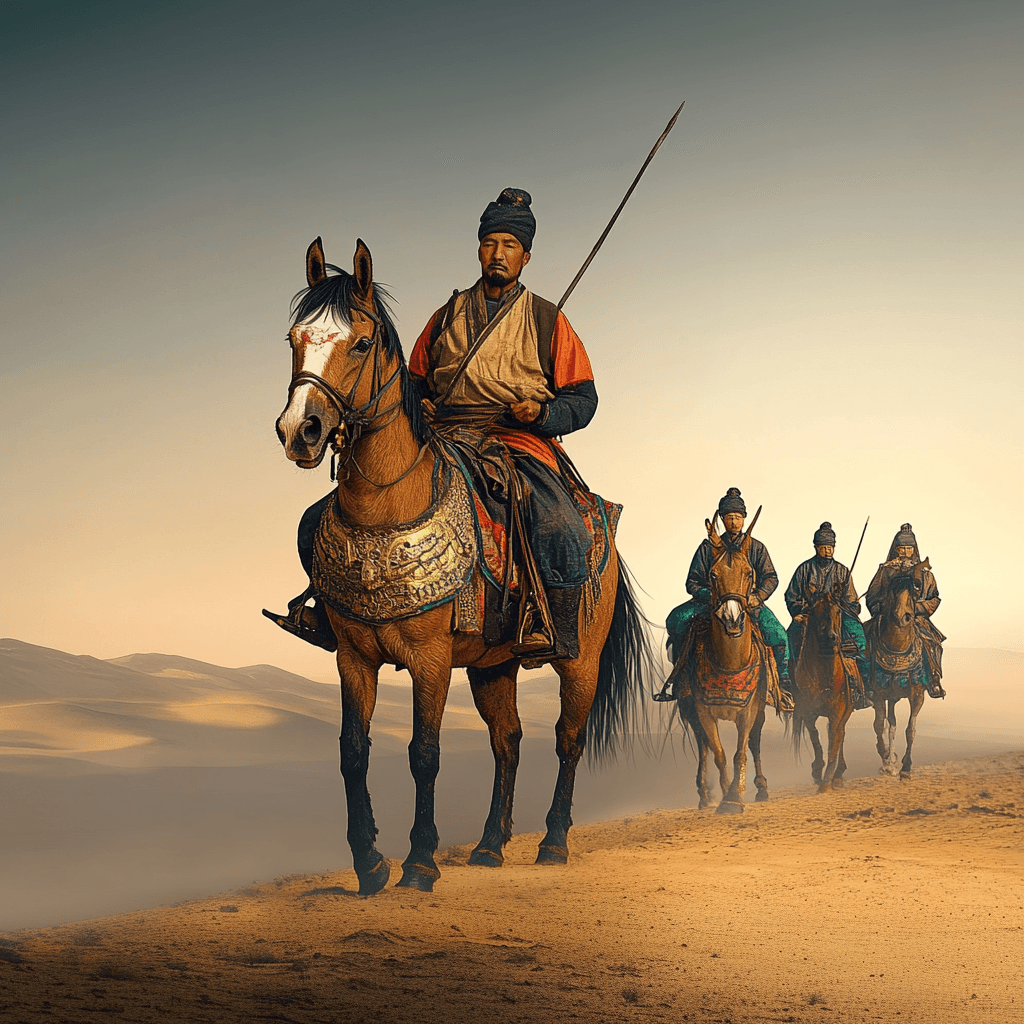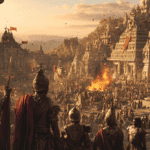
Few inventions have so quietly yet profoundly altered the course of human history as the stirrup. This simple device – little more than a loop or ring suspended from a saddle – transformed warfare, social structures, and the very balance of power across continents. The story of the stirrup is one of gradual innovation, cultural exchange, and unintended consequences that rippled through centuries.
Early Origins: The Birth of the Stirrup
The precise moment and place of the stirrup’s invention are lost to history, but archaeological and textual evidence points to Central Asia and China as its cradles. Some scholars suggest that the first true stirrups were devised by the Sarmatians in Central Asia during the first century BCE. These early versions were likely simple loops made from organic materials such as wood, bone, or horn, providing a foothold for mounting and limited riding stability.

The earliest physical evidence of stirrups in China dates to the early fourth century CE. A tomb figurine from South China, dating to 302 CE, depicts a single stirrup-probably used solely for mounting. Dual stirrups, which allowed riders to brace both feet, appear in figurines by around 322 CE, with the first actual iron stirrups found in a Manchurian burial from 415 CE. These Northeast Asian stirrups were typically oval, made from iron or wood with iron fittings, and this basic form persisted for centuries.
Why the Stirrup Mattered
Before the stirrup, riders relied on saddles with high pommels and cantles, gripping with their knees and thighs to stay mounted. This limited the effectiveness of cavalry, especially in close combat or when using heavy weapons. Stirrups provided a stable platform, allowing riders to stand, balance, and use their hands more freely-transforming the dynamics of mounted warfare3.
With stirrups, a rider could:
- Mount and dismount with ease, even in heavy armor.
- Remain stable while wielding swords, spears, or bows.
- Deliver blows that harnessed the combined momentum of horse and rider.
- Lean far to either side without risking a fall, increasing combat versatility.
This stability was especially crucial for archers and heavily armored cavalry, who could now fight more effectively from horseback.
The Stirrup Spreads: From Steppe to Empire
The stirrup’s utility ensured its rapid adoption and spread. Mounted nomads of the Central Asian steppes – such as the Xianbei and later the Huns – embraced the stirrup, gaining a decisive edge over their rivals. By the early fourth century CE, Xianbei cavalry equipped with stirrups had overrun much of northern China, establishing themselves as a ruling elite.
From Central Asia, the stirrup migrated both eastward into China and westward into Europe. Invaders like the Huns and Avars introduced the stirrup to the West, where it began appearing in European graves and art by the late sixth and early seventh centuries. The iron, pear-shaped stirrups found in seventh-century Avar graves in Hungary are direct ancestors of the medieval European type.
Europe: The Stirrup and the Rise of the Knight
The stirrup’s arrival in Europe coincided with a period of profound military and social upheaval. By the eighth century, the Franks and other Germanic peoples began to adopt stirrups, though evidence suggests they were in use among Anglo-Saxons and others before the Franks’ widespread adoption. The new stability offered by stirrups enabled the development of heavily armored cavalry – knights – who could dominate the battlefield.

Lynn White’s influential “Stirrup Thesis” argued that the stirrup was a catalyst for the birth of feudalism in Europe. According to White, the ability to fight effectively on horseback in heavy armor required significant resources-horses, armor, and training. Rulers like Charles Martel and Charlemagne responded by granting land to warriors in exchange for mounted service, creating a landed military aristocracy. This system of vassalage and knightly service became the backbone of medieval European society.
“Few inventions have been so simple as the stirrup, but few have had so catalytic an influence on history. The requirements of the new mode of warfare which it made possible found expression in a new form of western European society dominated by an aristocracy of warriors endowed with land so that they might fight in a new and highly specialized way.”
However, modern historians debate the extent of the stirrup’s impact. Some argue that while stirrups provided stability, they did not single-handedly create the shock cavalry charge or feudal society. Mounted shock combat became common only centuries after the stirrup’s introduction, and infantry remained crucial in medieval warfare. Nevertheless, the stirrup’s role in enabling the rise of the knight is undeniable.
China: Stirrups and the Transformation of Warfare
In China, the stirrup’s adoption similarly revolutionized military tactics and organization. The Xianbei and other steppe peoples who conquered northern China in the fourth and fifth centuries wielded a decisive cavalry advantage, underpinned by their use of stirrups. Chinese armies, recognizing the effectiveness of mounted troops, rapidly adopted the new technology.

The stirrup allowed Chinese cavalry to fight more effectively with both bows and melee weapons, leading to changes in battlefield tactics and the structure of armies. The emergence of a cavalry elite shifted the balance of power away from massed infantry, though the social consequences were less pronounced than in Europe, as China’s centralized bureaucracy managed military reforms more effectively.
Beyond Eurasia: The Stirrup’s Global Reach
The stirrup’s influence was not confined to Eurasia. In West Africa, the cavalry of the Mali Empire used saddles and stirrups, enabling massed charges and new tactics with spears and swords. The spread of the stirrup across continents is a testament to its universal utility wherever horses played a role in warfare and transport.
Debates and Myths: The “Stirrup Thesis” Revisited
While the stirrup’s importance is widely acknowledged, its precise impact remains debated. The “Stirrup Thesis” posits that the device fundamentally transformed European society by enabling the rise of the armored knight and feudalism. Critics, however, point out that cavalry existed before the stirrup, and that other factors-such as the development of the cantled saddle and changes in military organization-were also crucial.
Moreover, the timing of the stirrup’s adoption and the emergence of shock cavalry do not always align. Many societies used stirrups without developing knightly elites or feudal systems, and infantry continued to play a vital role in warfare long after the stirrup’s introduction. The reality is more nuanced: the stirrup was a key enabler, but not the sole driver, of historical change.
The Stirrup’s Legacy: Technology, Society, and Culture
The stirrup’s legacy is visible in more than just military history. Its adoption influenced art, language, and even drinking customs. The “stirrup cup,” for example, became a traditional vessel for hunters to toast before or after a ride, reflecting the device’s integration into elite and popular culture.
In language, the Old High German, Old Saxon, and Old English words for stirrup derive from terms meaning “climbing rope,” highlighting the device’s original function as an aid to mounting. Over time, the stirrup became synonymous with the mounted warrior, symbolizing power, mobility, and status.
Conclusion: A Simple Invention, a Profound Impact
The stirrup stands as a testament to the transformative power of simple technologies. By enabling riders to harness the full potential of the horse, it reshaped the art of war, altered the structure of societies, and left an indelible mark on world history. From the windswept steppes of Central Asia to the courts of medieval Europe and the battlefields of China, the stirrup’s story is one of innovation, adaptation, and enduring influence.
Its journey from a humble loop of wood or iron to a symbol of knighthood and conquest reminds us that even the smallest inventions can change the course of civilizations




